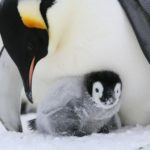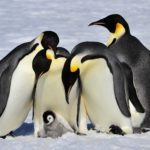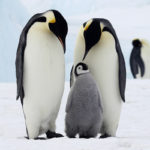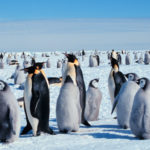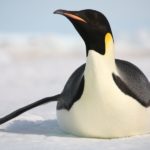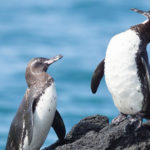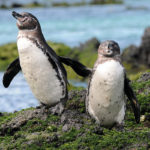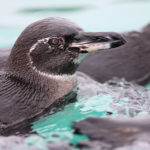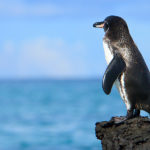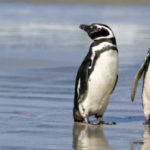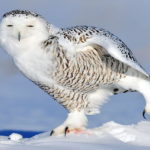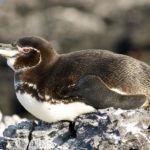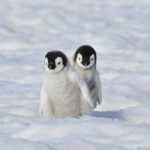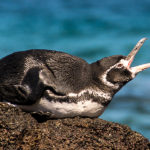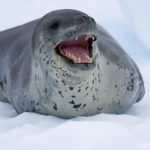Emperor penguins – information
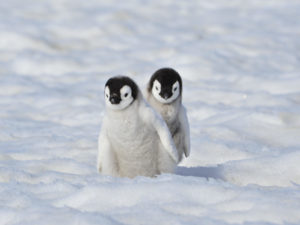 Emperor penguins, the largest representatives of this order of birds, nest on the Antarctic coast. The weight of the male reaches 45 kilograms, and the female – from 25 to 35 kilograms. During the nesting period, the emperor penguins leave the sea, where most of their life passes, come ashore and form extensive colonies, sometimes numbering up to 15-20 thousand birds.
Emperor penguins, the largest representatives of this order of birds, nest on the Antarctic coast. The weight of the male reaches 45 kilograms, and the female – from 25 to 35 kilograms. During the nesting period, the emperor penguins leave the sea, where most of their life passes, come ashore and form extensive colonies, sometimes numbering up to 15-20 thousand birds.
After the female lays one egg directly on the snow, the male immediately places it on its paws and then – in the likeness of a bag – a fold of skin on the abdomen. After laying the egg, the females leave the colony and go far to the sea. The egg is heated by an egg. About 60 days he incubates the chick, remaining without food for all this time.
The male lives due to stored fat accumulated earlier. The nest hatched from the egg sits a few days in a bag. The adult bird feeds its own half-digested food. When the chicks are growing up, they gather in large flocks and stand on ice, closely pressing against each other. The habit of keeping together saves them from the severe cold and wind.
Solitary chicks usually die. In order to feed them, parents often make long walks from the colony to the open water, where they find the necessary food: mollusks, crustaceans, and sometimes fish.
To warm up, the emperor penguins gather in dense groups, within which the temperature can reach +35 degrees at an ambient temperature of -20 ° C (with the penguins constantly moving from the edge of the group to the center and back, so that everyone is in equal conditions).
